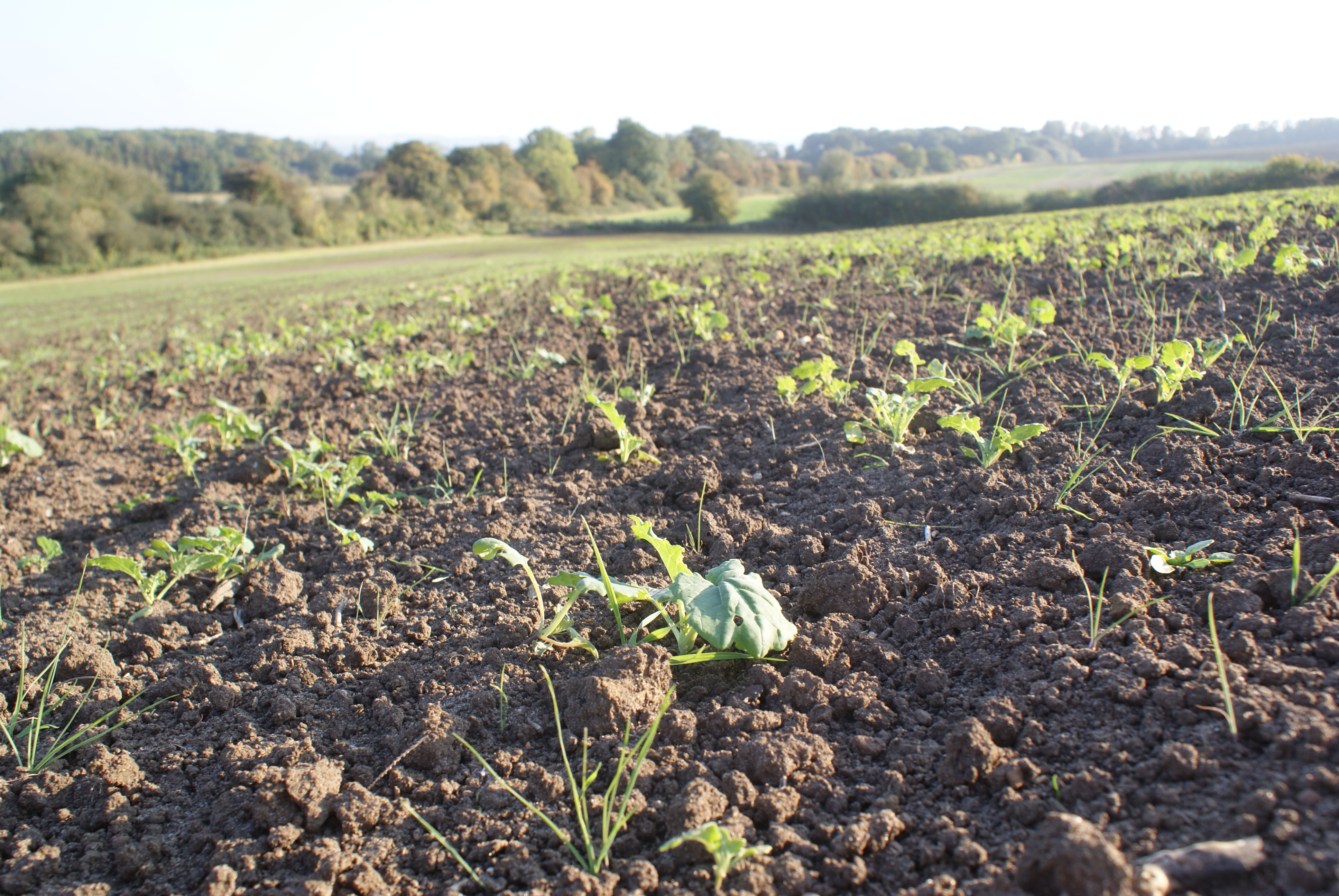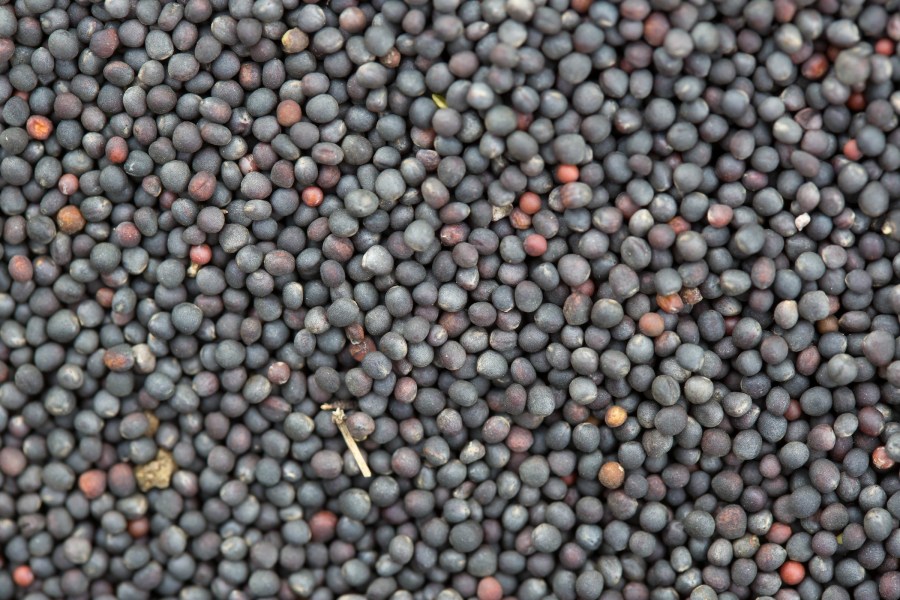Many growers are reporting OSR seed size is small this season. CPM finds out whether seed size matters when it comes to planting crops later this month.
By Rob Jones and Lucy de la Pasture
Growers have been facing an entirely different problem to the norm as oilseed rape has been harvested. Seed has often been too dry, with combining becoming an off-and-on affair as moisture contents dipped below the 6% required by merchants and processors.
A knock-on effect of this summer’s drought is also seed size, with many growers reporting lower than expected yields due to seeds being smaller than normal.
And that’s something to bear in mind when it comes to drilling, explains Clive Sutton of DLF Seeds. He recommends the bolder the better when it comes to seed size, particularly where there are pest challenges likely.
“Larger OSR seeds are proven to boost vigour at germination because of the extra energy they contain,” he explains. “This means crops are more able to grow away from pest and disease challenges for a more even establishment.”
Seed Size
According to Canadian trials at the Saskatoon Research Centre in Saskatchewan, explains Clive, the leaf area, shoot weight and biomass of seedlings from large canola seeds were 1.3-2.0 times greater under controlled conditions than those of seedlings from small seeds.
“Under field conditions without insecticides, seedlings from small seeds of each cultivar had the highest flea beetle damage, poorest establishment, and lowest shoot weight, biomass and yield,” he comments.
“Seedlings from large seeds were more vigorous and tolerant to flea beetle damage than seedlings from medium or small seeds.”

Clive Sutton says when planting OSR, aim for a uniform, consolidated seedbed and adjust the seed rate in response to conditions.
This is due to a higher initial shoot biomass and higher growth rate, explains Clive. When flea beetle damage exceeded 50%, large heavy seeds had the best stand establishment, best shoot growth and highest yield in each cultivar. The greater biomass from large seeds also increases early crop competition with weeds.
At the Cereals Event, Anglia Grain Services had a display of smaller seeded plants growing next to larger seeded ones, and the difference was really noticeable, he adds. “You could see the difference in rooting, and both the cotyledons and first leaves were markedly bigger.”
Vigorous start
In the absence of neonicotinoids, getting OSR crops off to a vigorous start is particularly important. Getting seedlings quickly up and growing away from flea beetle damage is one of ways of minimising the impact of the pest, he points out.
One advantage of using conventional varieties rather than hybrids is that it is relatively cheap and easy to increase the seed rate to account for local weather and pest conditions.
“When planting OSR you always want a uniform, consolidated seedbed, and using conventional seed means you can react to changing circumstances by upping the seed rate immediately,” says Clive.
But when farm-saving seed, it’ll be important to get it properly dressed to ensure sufficient seed size, particularly in a year like this, he advises. “Look for varieties that naturally have larger seeds through their superior genetics. Broadway and Elevation, both new to the AHDB Recommended List this year, were bred for large pods, seed content and seed size,” he adds.

Bigger seeds tend to produce plants with early vigour, more able to establish quickly, compete with weeds and grow away from flea beetle damage.
“Not only does this mean large energy stores in the seed for good germination, it also boosts the resulting yield at harvest. Plants with larger pods, larger seeds and more seeds per pod have a natural advantage when it comes to yield. Every 1g extra in thousand seed weight gives you an extra 15-20% yield.”
Variety spread
When choosing which varieties to plant; particularly if opting for those which are new to the RL, it’s important to use a range of varieties with different characteristics to spread the risk, says Simon Kightley of NIAB.
“Variety performance in OSR is variable year-to-year, so grow 3-5 varieties with good data behind them. That allows for one variety having an ‘off’ year, which so often happens with OSR.”
If farm-saving seed, it’s also vital to get it checked for erucic acid, as there’s evidence that home-saved seed can have higher erucic acid levels, he adds. It’s also possible that some plants will have compensated for lower pod numbers with better seed fill, particularly where the flowering period was short resulting in lower pod set.
“Looking at the establishment of varieties we’ve found it difficult to tie good early vigour to individual varieties – it can depend on the degree of stress on the developing seed in the run up to harvest.”
What that will mean for vigour in 2018 remains to be seen, with many crops feeling the stress of the unprecedented hot and dry conditions in this crucial period.




